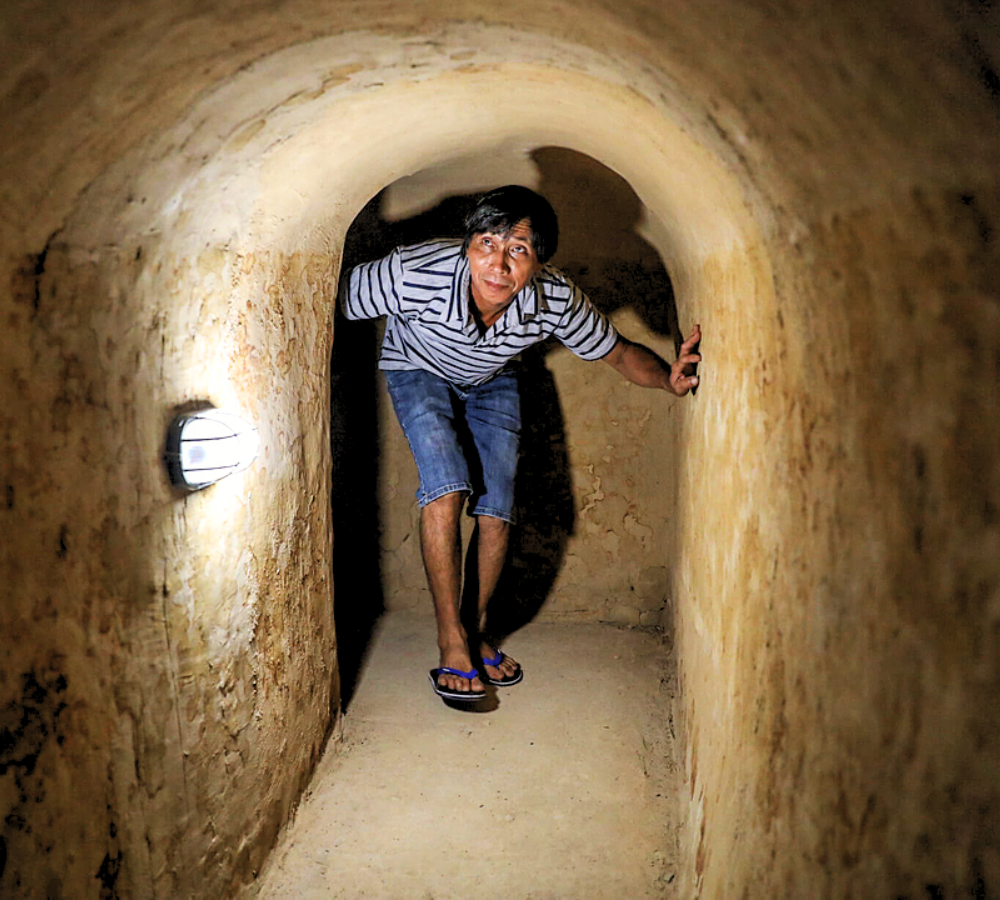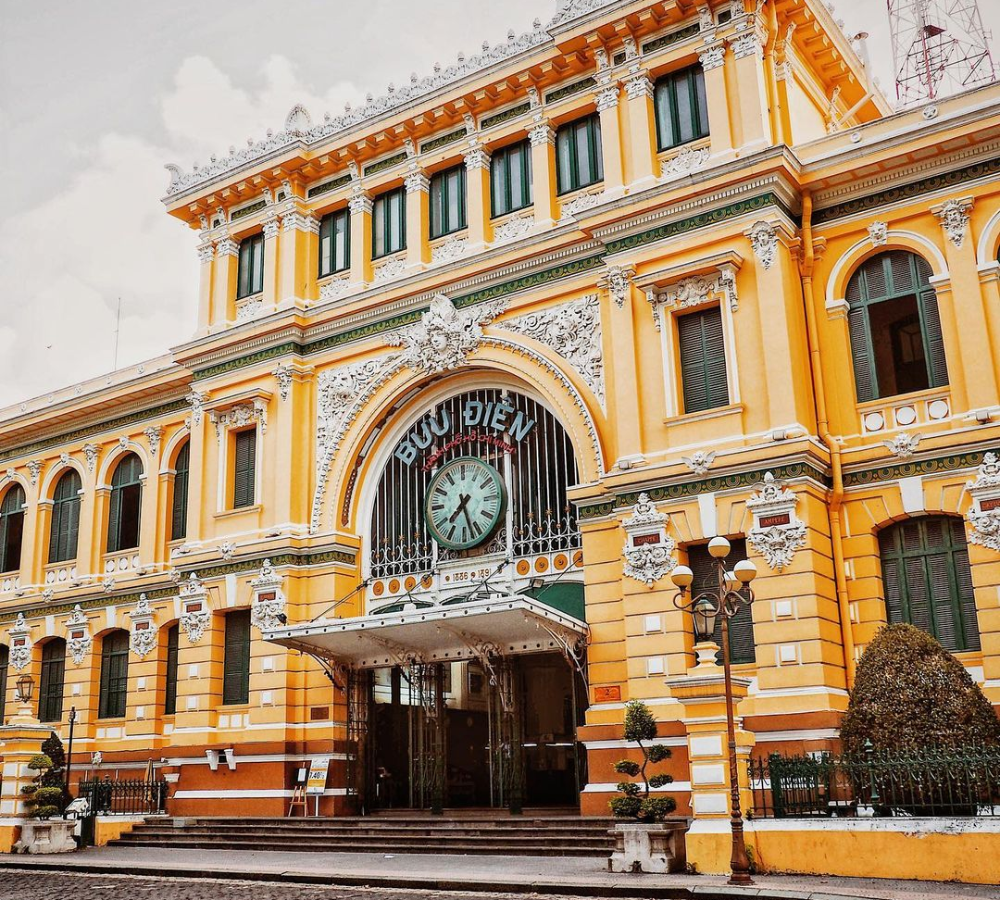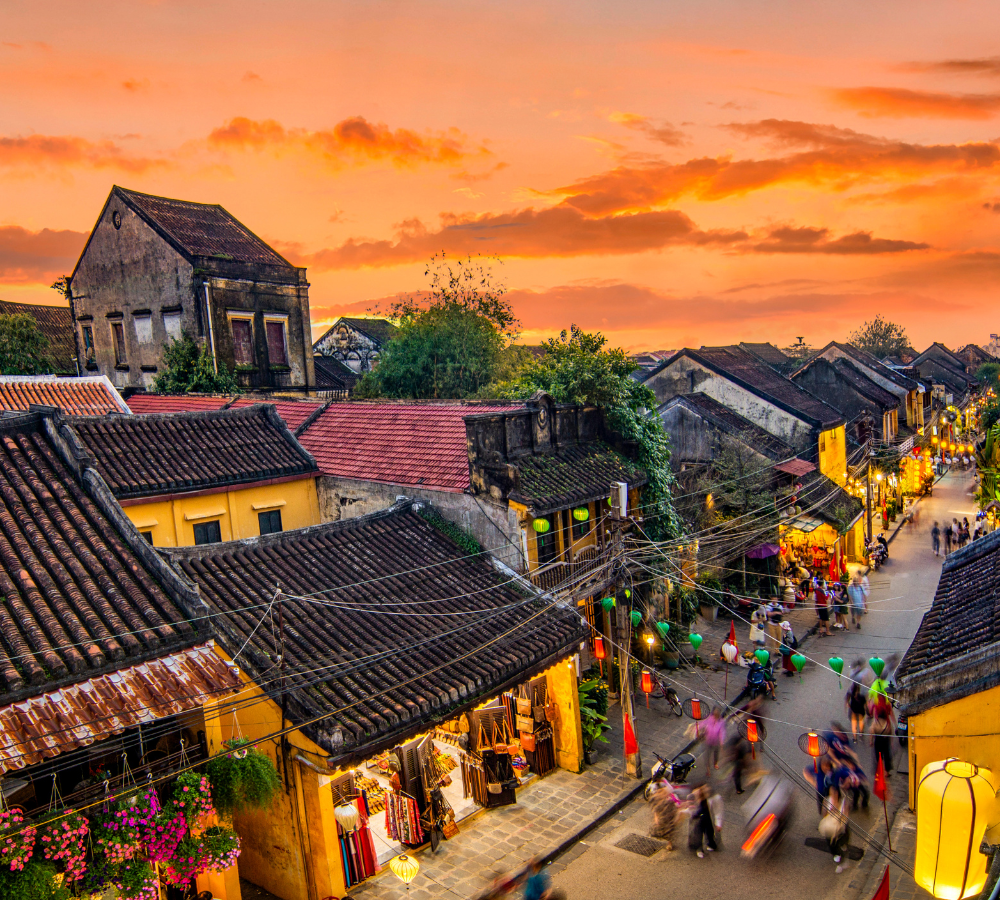What does these names mean? Literally, Tet refers to festival, Doan means the start, Ngo is the seventh animal of the Chinese zodiac- the horse. Doan Ngo festival is also known as Tết sâu bọ (sâu bọ = worms, pests) or Tết tháng 5, to be celebrated on the 5th day of the 5th lunar month.
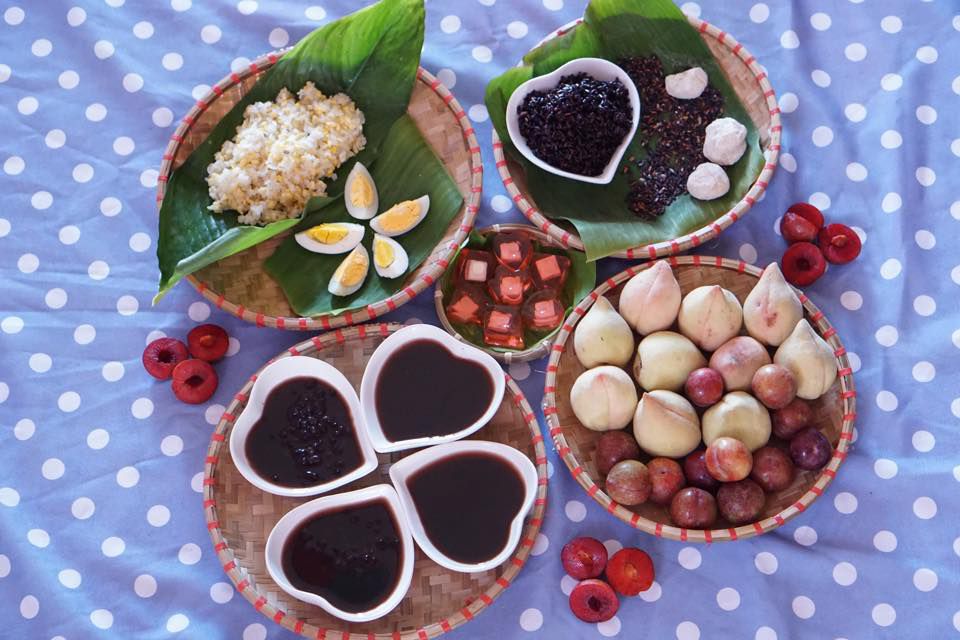
The name “Tet sau bo” derives from the fact that farmers, on this day, get rid of all pests to start growing their crops for the new season. Therefore, creatures and people must become stronger in both their health and their souls to overcome this. On this occasion, the whole family have to get up early and eat fermented sticky and fruits. The worshipping is held at noon, hour of Ngo. The tradition of eating dumplings, especially lye water dumplings, extends from the belief that the dumplings will cleanse one’s body of any unwanted “parasites”.
Two irreplaceable dishes
The two traditional types of food to be eaten on this holiday are banh u and com ruou. Banh u is pyramidal sticky rice cakes wrapped in banana leaves. They are often stuffed with beans and banana leaves’ essence, creating its dominant flavor.
Com ruou, which literally translates as “rice wine,” are little balls of fermented rice bathed in wine. Com ruou is associated with the myth telling that a long time ago, there were two orphan brothers living together in a small village. They were popular among the locals for their intelligence and kindness. Also, in that village, there were two snakes Thanh Xa and Bach Xa, which after long lives, turned into spirits. Falling in love with the brothers, they transformed themselves into beautiful ladies to lure the men. Their desire soon became true, Thanh Xa got married the older brother and Bach Xa the younger.
They lived happily together until the men grew unhealthy each passing day, scared of daylight and lived in festering darkness. The locals suspected the presence of a bad spirit, and one day, luckily, a Taoist hermit passed by the village. After being told the affliction, he conducted some spirit type tests and found out that the men’s house had a case of the evils. Brewing a wine potion, he told the locals to feed it to the men. The brothers must eat the potion’s solids and liquids in the early morning of the next fifth day of the fifth lunar calendar. As soon as the men tucked into their special breakfast, their wives were turned into their real appearance of snakes, before disappearing in a puff of smoke, freeing the brothers. Since that day, people have eaten “ruou nep” on Killing the Insect Day, in the hope of driving away bad spirits.
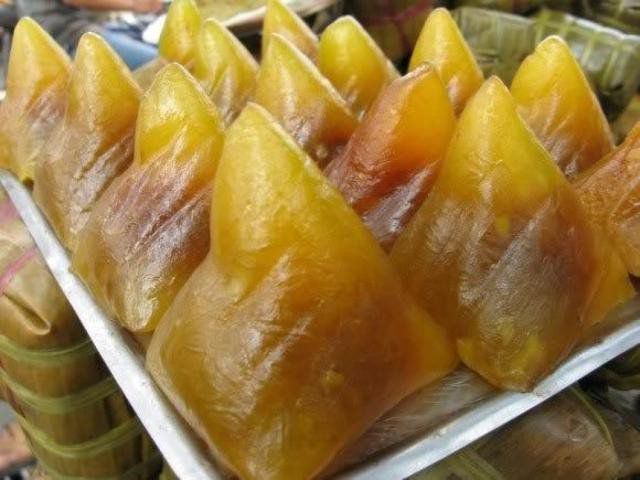
The process of making Com ruou is not quite complicated but time-consuming. In order to have good com ruou in Doan Ngo Festival, the famers must harvest the reaped rice from a paddy, dried and pounded carefully to keep the most nutritious part of the rice. At first, the rice is steamed twice for about 30 minutes and left for a while to get cool. After that, It is mixed with yeast, before being left for two or three days to ferment, depending on the weather. Com ruou is eaten early on this day to fight the “worms” in one’s stomach.
Just try it, you will see that Com ruou brings you a strong and quite delicious taste. In the Vietnamese traditional concept, com ruou can kill any parasites in the body. Vietnamese people, from adults to kids, mostly like eating com ruou, yet, adults are more inclined to gain its curing effects with a grain of salt.
Up to now, besides the Lunar New Year Holiday, Doan Ngo Festival plays a significant role in every Vietnamese life for practical and holy meanings. Enjoying the atmosphere of Doan Ngo Festival, you will get to know more about its value and spirits.















